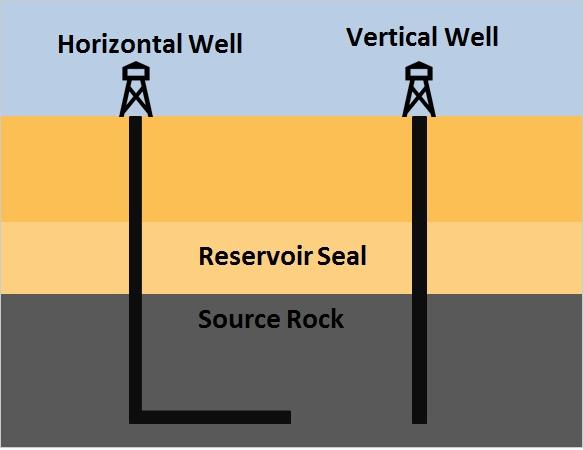While horizontal wells provide numerous benefits, they also come with unique challenges. From drilling complexities to wellbore stability issues, operators must overcome several hurdles to ensure success. This blog discusses common challenges in horizontal well drilling and the latest solutions to address them.
- Drilling Accuracy and Steering
Maintaining precise well placement is critical in horizontal drilling. Even slight deviations can reduce efficiency. Advanced Measurement While Drilling (MWD) and Logging While Drilling (LWD) technologies help operators steer the drill bit accurately in real time.
- Wellbore Stability Issues
Horizontal wells are more prone to collapse due to extended exposure to formation pressures. Engineers use specialized drilling fluids and casing designs to reinforce the wellbore and prevent instability.
- Friction and Drag During Drilling
The longer the well, the greater the friction between the drill string and the wellbore. This can lead to equipment wear and drilling inefficiencies. Solutions include rotary steerable systems and lubricating drilling fluids to reduce drag.
- Hydraulic Fracturing Challenges
In shale formations, horizontal wells require hydraulic fracturing (fracking) to release trapped hydrocarbons. However, uneven fracture distribution can limit production. Engineers now use multi-stage fracking and perforation techniques to ensure even stimulation.
- Higher Initial Costs
Horizontal drilling is more expensive upfront due to advanced technology and longer drilling times. However, the long-term benefits—such as higher production and fewer wells—often justify the investment.
Conclusion
Despite the challenges, horizontal well drilling remains a cornerstone of modern oil and gas extraction. With continuous advancements in drilling technology, operators are finding innovative ways to overcome obstacles and maximize efficiency.

